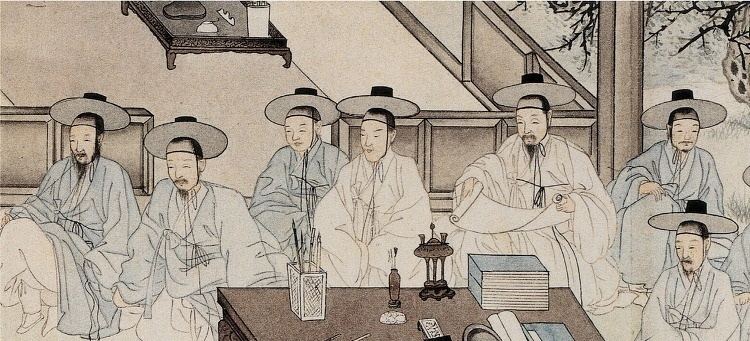Hangul 신소설 Revised Romanization sinsoseol | Hanja 新小說 McCune–Reischauer sinsosŏl | |
 | ||
Sinsoseol (Hangul: 신소설, Hanja: 新小說), literally "new novel" or "new fiction," was a type of Korean novel which began and grew during the Korean Empire, in the late 19th and early 20th century. It was sometimes referred to as gaehwagisoseol (Hangul: 개화기소설), or "enlightenment fiction."
Contents
Occurrence
The enlightenment (gaehwagi 개화기) changed Korean people's thought greatly. Some writers who wanted to enlighten people also appeared. Publishers imported modern printers so that they could sell many more books.
Contents
Usually, the contents of sinsoseol highlight enlightenment, or modernization. Encouragement of education, exploding old customs and superstitions, and criticism of corrupt officials are common themes of sinsoseol.
Major writers
Fall in popularity
Sinsoseol was eventually replaced by modern novels.
